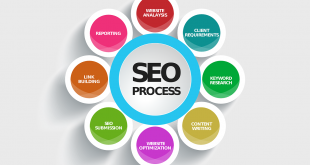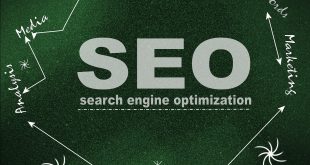Knowing how search engine optimization or SEO works is amongst the ideal ways that aid you earn web- traffic directed and redirected to your website in a conversion-oriented manner. When it comes to SEO for a new website, most businesses in the market can be intimidated due to the amount of information that is circling around the corner. And often, if they don’t have the help of any experienced in-house SEO or a consultant, they probably won’t do anything. So for this informative narrative, we will be talking about the basic elements of starting a search engine optimization, we are going to look at some easy things that you can do to start your own website’s SEO on the right track without hiring a professional to do the thing for you.
On-site Search Engine Optimization Basics- some of the most important elements of SEO happen on your own website. Here are the bare minimum on-site elements that you should put on each
of your website’s main pages, including and especially the homepage. But before anything else, one thing that you should keep in mind when using any of the following SEO elements is not to overdo it.
The first element is the title tag- this first element of your website tells search engines what is that certain page is all about. Ideally, it must contain seventy characters or less and including there is your business card or brand name and keywords that relate to that specific page only. The second element is the meta description- this meta description on the pages of your website gives the search engines a little more insight into what that specific page is all about. There is still debate about whether meta descriptions can help with keyword rankings. Remember that meta description does show up in search results.

The third is the internal links- this element is not just reserved for external sites linking to your website. You can help search engines learn more about your website by internally linking your website to other pages but only within your content.
The fourth element is the header tags- with the use of header tags, it helps both user and search engines break up your content into digestible sections.
Image name and ALT tags fall under the fifth element- if you use images on your website, you should think of good keywords for both the image name and the alt tag. This helps the search
engine find good images for the user’s image search which basically based on the keywords specified.
Last but definitely not the least element is the bolded text- occasionally, bolding a selection of text to catch the reader or the user’s attention can help search engines distinguish other important information and keywords in the page’s content.
With these basic elements and if you follow them, you will definitely start off on the right foot when it comes to your website’s search engine optimization. And hopefully, you will start reaping the benefits of getting more visitors through search engines too. Just always remember that the main priority of dealing with search engine optimization is to make it a point that the experience of the user is sure to win!
 SEO Tampa Online marketing experts that help businesses
SEO Tampa Online marketing experts that help businesses




